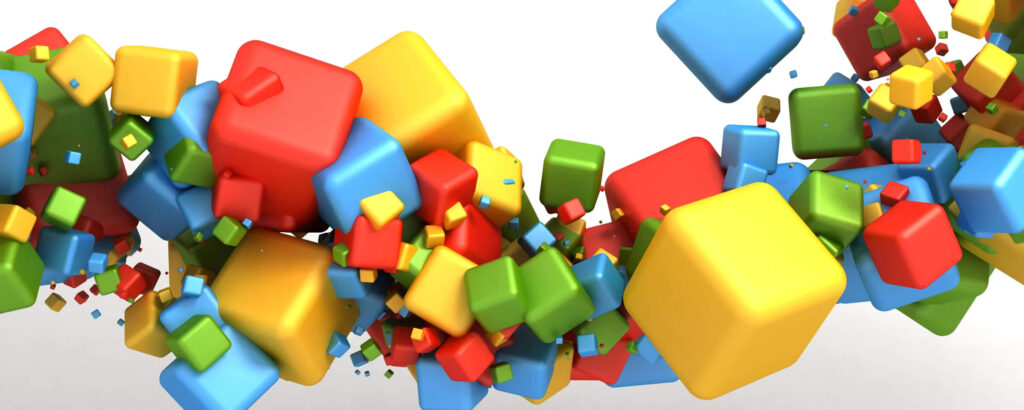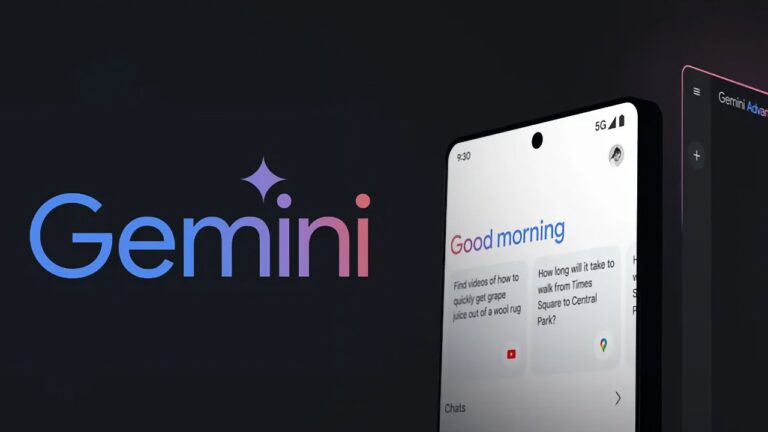
Audience
- Sentiment: mixed
- Political Group: Neither
- Age Group: 25-40
- Gender: Male
Overview
- The article discusses the impact of Nvidia’s 50-series GPUs on older games that utilize PhysX technology.
- It highlights the performance issues faced by classic games when played on new hardware, leading to a potential loss of enjoyment.
- The piece raises concerns about game preservation and the balance between advancing technology and nostalgia in gaming.
The Impact of Nvidia’s 50-Series GPU on PhysX Games
Gaming is not just about hitting buttons; it’s about emotions, storytelling, and experiences. Think about the moments when you blew up a building in a game, and the pieces scattered everywhere—those little details are all thanks to physics simulations. One important technology that helped create these unique moments is called PhysX, developed by Ageia and bought by Nvidia. But as technology advances, we have to ask: what happens when the very tools that made our favorite games so memorable start to fade away?
In this article, we’ll dive into the implications of Nvidia’s 50-series GPUs for older PC games that utilize PhysX technology. We’ll explore how these remarkable cards are changing the landscape of gaming, particularly the experience that older gamers may have with their beloved classic titles. So buckle up as we take a roller coaster ride through the twists and turns of gaming technology!
A Step Back: What is PhysX?
To understand the impact of Nvidia’s latest graphics cards, let’s take a quick detour. PhysX is a physics engine that helps create realistic movements and interactions within games. Imagine playing your favorite first-person shooter and shooting at objects in the game environment—the way those objects react to bullets or explosions is made possible because of physics engines like PhysX.
PhysX enhances the in-game experience by allowing developers to create destructible environments, realistic water effects, and great particle systems. This level of detail makes games immersive and fun. It turns a simple explosion into an experience that feels palpable and engaging.
Historically, PhysX was first created by a company called Ageia, which specialized in making physics processors. Nvidia saw the potential of PhysX and bought the company, integrating its technology into its graphics cards. As a result, many games began including PhysX features, leading to experiences that felt rich and vibrant.
Era of 32-Bit and Moving Forward
When PhysX first came onto the gaming scene, the majority of games were developed for 32-bit systems. This design allowed PhysX to function efficiently and add its cool physics effects. But as the gaming landscape evolved toward 64-bit systems, many newer game engines like Unity began to push the boundaries of what could be achieved.
Eventually, this shift led to a decline in the reliance on PhysX. Developers began to focus on more advanced and versatile game engines that didn’t need PhysX to create realistic effects. This was a turning point because while new games were being launched with incredible graphics and physics, many older games that relied on PhysX lost the spotlight.
The 50-Series GPUs: What’s the Big Deal?
Fast forward to today. Nvidia has recently launched its 50-series GPUs, and they’re undeniably powerful. These cards are designed to handle the incredible graphic demands of modern gaming, but there’s a catch: they are not very friendly to older games that still rely on PhysX technology.
With the release of these next-gen cards, we’re seeing a significant issue arise for many gamers who still enjoy these classics. You see, when gamers run these older, 32-bit PhysX games on the new 50-series GPUs, performance becomes sluggish. Instead of processing physics calculations through the GPU, the responsibility shifts back to the CPU, which leads to a much poorer experience. Imagine playing a game and during an explosion, the rubble reacts like it’s in slow motion—it’s frustrating, right?
The Compatibility Gap
One of the biggest challenges here is the compatibility gap. Older graphics cards still support many classic games with PhysX technology, but as more people upgrade to these new cards, we may lose access to older titles that many of us love. This poses a real problem for gamers who appreciate the classics that ran on older technology.
The gaming community has struggled to balance progress with legacy systems, and this dilemma has brought about a conversation around game preservation. If the tools we used to create and play iconic games become obsolete, what happens to the enjoyment of those games? Can our beloved titles still stand the test of time, or will they be lost in the shuffle of advancement?
Challenges for Developers
Not only gamers but developers face challenges too. For game developers who still want to incorporate PhysX into their designs, they may discover that the latest GPUs do not support their older endeavors. Developers tend to prioritize creating newer games using cutting-edge technology, but they also know that their older titles hold a special place in the hearts of many gamers.
Moreover, game studios want to keep their creations relevant. But is it even possible to modernize older titles without losing the charm that made them captivating in the first place? The push and pull of technology advancement and nostalgic gameplay could leave some beloved classics abandoned.
The Gaming Community’s Reaction
When news broke about Nvidia’s 50-series and its implications, the gaming community had a mixed response. Many were excited about the high performance and capabilities of the new GPUs, while others lamented the potential loss of features from older games. Forums buzzed with posts from gamers reminiscing about their favorite moments in PhysX-enabled games like “Batman: Arkham Asylum” or “Borderlands,” and discussions about whether they would still enjoy the essence of those experiences on new hardware.
The variety of opinions reflected a deep-rooted relationship that many gamers have with their favorite titles. It’s more than just gameplay—it’s about connection, memories, and nostalgia.
What Lies Ahead
As Nvidia moves forward with its 50-series GPUs, we need to start thinking about the implications for both the gaming industry and the players. Will developers choose to adapt their old games for modern systems, or will we see a continuity of the compatibility gap that leaves some experiences in the dust? Game preservation is an ongoing topic; it requires a collective commitment from developers, funders, and the gaming community to see that beloved classics are not forgotten.
As gamers, it’s essential for us to voice our opinions and advocate for our beloved games. We can support developers who care about preserving history by purchasing remastered versions of those classic titles or simply expressing our longing for them to adapt their games for new technology. The conversation about preserving experiences that forged our gaming journeys continues to evolve.
So, what do you think about this situation? Are you one of those who’ll miss the charm of PhysX in your favorite classic games, or do you believe it’s time to move on to newer technology? We’d love to hear your thoughts! Drop a comment below to share your opinions and experiences.






